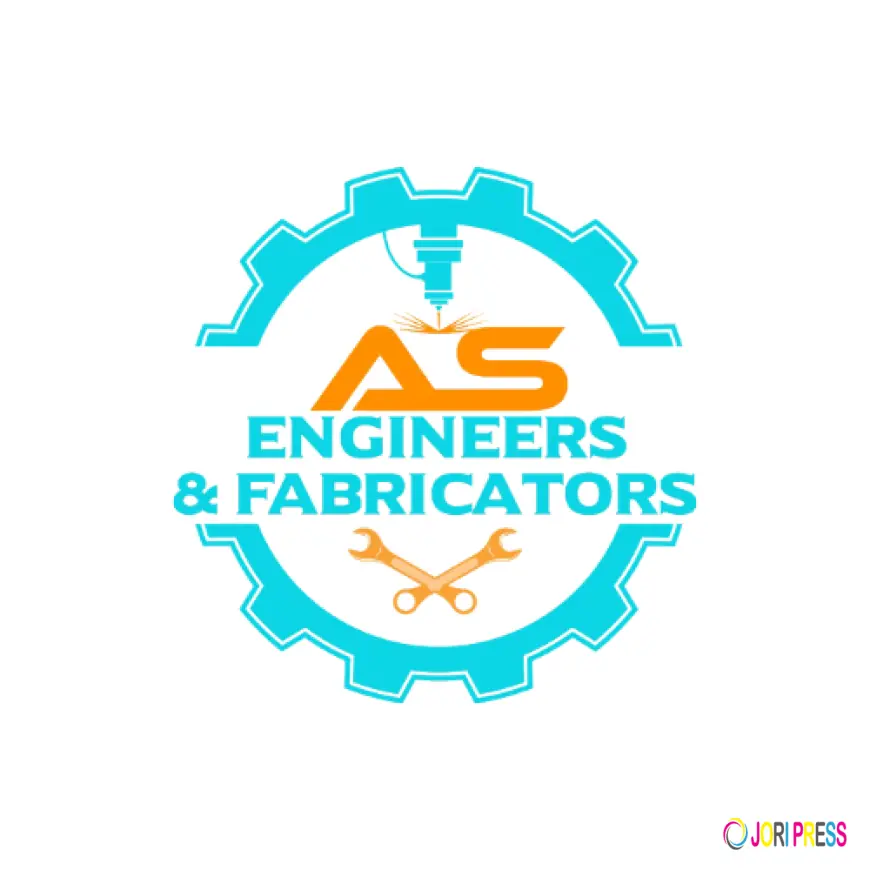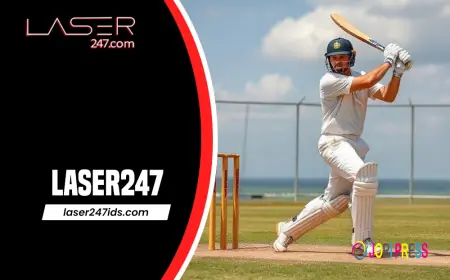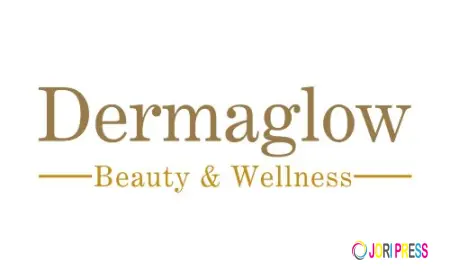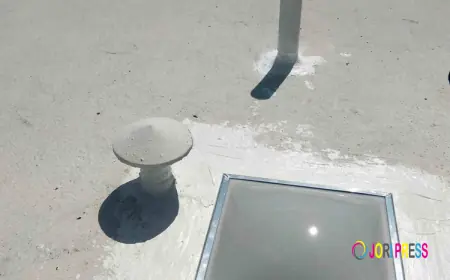Enhancing Industrial Protection: Rubber Lining Manufactures and Blasting & Painting Manufactures

Introduction
Industries such as mining, chemical processing, steel, power, and water treatment operate in highly demanding environments where equipment is constantly exposed to wear, corrosion, and chemical attack. To combat these challenges, specialized manufacturing sectors provide protective solutions that extend equipment life and ensure safety. Among these, rubber lining manufactures and blasting & painting manufactures stand out as two essential industries.
These manufacturers not only protect valuable industrial assets but also help companies reduce downtime, optimize operations, and maintain compliance with strict safety and environmental regulations. This blog explores the roles, applications, benefits, and future outlook of these two industries in modern industrial practices.
The Role of Rubber Lining Manufactures
Rubber lining is the process of applying rubber sheets or coatings to the internal surfaces of tanks, pipes, vessels, and equipment to prevent corrosion, abrasion, and chemical attack. Rubber lining manufactures specialize in providing tailored solutions for industries where equipment is exposed to aggressive chemicals, slurry, or high levels of abrasion.
Applications Across Industries
-
Chemical Processing Plants: Rubber linings protect reactors, tanks, and pipelines from corrosive acids and alkalis.
-
Mining Industry: Slurry pipes, cyclones, and hoppers are lined to withstand abrasive materials like ore and minerals.
-
Steel and Power Plants: Rubber linings are used in scrubbers, ducts, and flue gas desulfurization systems.
-
Water and Wastewater Treatment: Tanks and pipelines lined with rubber ensure durability and hygiene.
Advantages of Rubber Lining
-
Corrosion Resistance: Rubber offers superior protection against acids, alkalis, and solvents.
-
Abrasion Resistance: It reduces wear and tear from abrasive slurries and materials.
-
Extended Equipment Life: Lining helps companies avoid costly equipment replacements.
-
Cost-Effectiveness: By reducing downtime and maintenance, rubber linings improve overall operational efficiency.
Types of Rubber Used
Rubber lining manufactures work with a variety of materials depending on the application:
-
Natural Rubber: Excellent elasticity and abrasion resistance.
-
Butyl Rubber: Ideal for handling strong acids and gases.
-
Neoprene and Nitrile: Resistant to oils, solvents, and hydrocarbons.
-
EPDM: Suitable for high-temperature and water-based applications.
The Importance of Blasting & Painting Manufactures
Surface preparation and coating are equally critical in ensuring the longevity of industrial equipment. Blasting & painting manufactures specialize in cleaning, preparing, and coating surfaces to prevent corrosion, enhance durability, and improve appearance.
Blasting: Preparing for Perfection
Blasting is the process of cleaning surfaces by propelling abrasive materials under high pressure. This removes rust, scale, old paint, and contaminants, creating a smooth surface for painting or coating.
Common methods include:
-
Sand Blasting: Traditional method using sand particles.
-
Grit Blasting: Using steel shots or grit for heavy-duty cleaning.
-
Glass Bead Blasting: For a smoother finish.
-
Hydro Blasting: Using high-pressure water for eco-friendly cleaning.
Painting and Coating Applications
After blasting, painting or coating provides the necessary protection against corrosion, weathering, and mechanical stress. Blasting & painting manufactures provide services such as:
-
Epoxy Coatings: For chemical resistance.
-
Polyurethane Coatings: For UV and weather resistance.
-
Zinc-Rich Primers: For galvanic protection against corrosion.
-
Thermal Spray Coatings: For extreme wear and heat resistance.
Industrial Applications
-
Shipbuilding and Marine: Protecting ships and offshore structures from seawater corrosion.
-
Oil and Gas: Coating pipelines, storage tanks, and platforms.
-
Construction: Protecting steel bridges, towers, and industrial buildings.
-
Power Plants: Coating boilers, turbines, and chimneys for long-term durability.
The Connection Between the Two Industries
Rubber lining manufactures and blasting & painting manufactures often complement each other in industrial applications. For example, before applying rubber lining to a vessel, blasting is carried out to clean and prepare the metal surface. Similarly, painting is used alongside rubber lining in industries where multiple layers of protection are needed. Together, they provide comprehensive solutions to extend equipment life and enhance safety.
Market Trends and Opportunities
Both industries are experiencing steady growth, fueled by global industrialization and stricter regulations around equipment safety and longevity.
Growth in Rubber Lining
-
Rising demand in mining and chemical industries is driving rubber lining adoption.
-
The push toward wastewater treatment and sustainable solutions is creating new opportunities.
-
Innovations in rubber compounds are making linings more resistant to extreme environments.
Growth in Blasting & Painting
-
Infrastructure development worldwide requires corrosion protection of bridges, highways, and industrial buildings.
-
Oil and gas projects continue to expand globally, increasing the need for protective coatings.
-
Demand for eco-friendly coatings and water-based paints is driving innovation.
Challenges Faced by Manufacturers
While these industries are essential, they face several challenges.
For Rubber Lining Manufactures
-
High dependency on raw material availability and fluctuating rubber prices.
-
Skilled labor shortages in precision lining applications.
-
Ensuring compliance with international safety standards can increase costs.
For Blasting & Painting Manufactures
-
Environmental regulations around abrasive blasting and solvent-based paints are tightening.
-
Surface preparation and coating must be highly precise to avoid early failure.
-
Competition from low-cost service providers puts pressure on quality-focused manufacturers.
Future Outlook
The future looks promising for both rubber lining manufactures and blasting & painting manufactures, with technological advancements and sustainability driving the way forward.
-
Rubber lining manufacturers will increasingly focus on advanced compounds and automation in lining processes. New applications, such as hydrogen storage tanks and green energy projects, will create emerging markets.
-
Blasting & painting manufacturers will adopt robotic blasting, automated spray systems, and environmentally friendly coatings to meet stricter regulations and efficiency demands.
Both industries will remain integral to industrial protection, ensuring that companies can operate safely, efficiently, and sustainably in the face of demanding conditions.
Conclusion
Rubber lining manufactures and blasting & painting manufactures form a crucial part of the industrial ecosystem, providing essential protective solutions that safeguard equipment, reduce downtime, and extend service life. From protecting pipelines and storage tanks in the oil and gas sector to ensuring corrosion resistance in marine, construction, and power industries, their contributions are vast and indispensable.
As industries move toward greater sustainability and efficiency, these manufacturers will continue to innovate, ensuring their services remain relevant and impactful. By combining durability with advanced protection methods, they help industries worldwide operate with greater reliability and safety, paving the way for a more resilient future.
What's Your Reaction?
 Like
0
Like
0
 Dislike
0
Dislike
0
 Love
0
Love
0
 Funny
0
Funny
0
 Angry
0
Angry
0
 Sad
0
Sad
0
 Wow
0
Wow
0



















































